I quit my corporate job last year to focus on my two passions , travel and photography. Over the last ten months i travelled to remote parts of the world such as Mongolia,Bhutan, Ethiopia, Antarctica, India.
I travelled in a Russian van for a month around the Altai Region of West Mongolia to experience the nomadic lifestyle of the Kazakh people and their 4,000-year-old tradition of Eagle hunting.
More info: massimorumi.com
The journey started in Bijian Olgii, a kazakh city in Western Mongolia
The roads were testing the suspension of our van during long drives through the amazing landscapes
Accommodation was a mix of camping and staying with local families
The Kazakhs are very hospitable people. We visited different families and in the short stay they made me feel home
Even though we were unexpected guests, they were always preparing a table of food such as horse-flesh or mutton snacks and tea with milk
Mongolian Kazakhs are traditionally semi-nomadic pastoralists, herding sheep, goats, yaks, camels and horses
They will move their herds to different pastures for each of the four seasons
They might move up to four times, depending on the quality of the pasture in a given year
The Kazakhs are the only people that hunt with Golden Eagles. Here i was nearby Sagsai village for the annual Golden Eagle Festival
The Festival is a great opportunity to experience first hand the life of a Kazakh Eagle Hunter. Living alongside a hunter and his family i had the privilege of witnessing their daily lives and the preparations for the Eagle Festival
During my stay i felt great respect for the way they care and treat the eagle like a child
The eagle trainers constantly sing and speak to their bird to imprint their voices in their memories
Dressing up for the festival
Eagle hunting is a tradition passed down from father to son
There are only fifty or sixty “true” eagle hunters left
In the eagle festival, Kazakh eagle hunters celebrate their heritage and compete with trained golden eagles, showing off the skills both of the birds and their trainers
For two days, Kazakhs compete to show off whose eagle is the most skilled at catching prey, following the command of their owners
The first event is the eagle catching fox skin dragged behind a horse, returning to their owner from a distance on command
Kazakhs prefer to use female eagles younger than 7. Female eagles are larger than males and more loyal
A female Golden Eagle can weigh up to 7 Kg (15 lbs) and have a wing span of 2.2 M (8 ft)
Another festival event is the Kokpar , tug of war over a goat carcass while on horseback
Tiyn Teru is a race to pick up a coin on the ground while on horseback
Kyz Kuar ( girl chase), a man and woman race on horseback while the woman whips the man
Camel race
Taxi for five
Though Golden Eagles can live to be well over 30 years old, Kazakh eagle hunters will only keep an eagle for 10 years before releasing it into the wild..Because of the extraordinary bond with the bird, its very hard for them to let the eagle go
The landscapes in Mongolia are immense and immeasurable, weathered and stark, made up of sunlight and shadow,rock, scrub
Surviving the harsh winter is challenging, with permanent freezing conditions up to -40 C
To the outside world their lifestyle may seem to be a very hard way of living
However the Kazakhs have developed for centuries such qualities as strength and resilience that are essential for living in this harsh nature
Early morning with subzero temperature. My fingers were frozen and could barely press the shutter
On the steppes, Kazakhs rely on meat such as mutton or horse, dairy products and bread
Kazakhs live in isolation in this remote part of the world and they maintain their pure traditional culture
The fire was keeping us warm at night. I was sleeping in the Yurt with the family laying my sleeping bag on the floor
Travelling through the vast landscapes of the Altai region gave me the opportunity to witness the local way of life but without being too intrusive. It was a chance for me to remove my watch, take a break from the modern world and let each day and each journey unfold and of course take some great pictures
I quit my corporate job last year to focus on my two passions , travel and photography. Over the last ten months i travelled to remote parts of the world such as Mongolia,Bhutan, Ethiopia, Antarctica, India
877views
Share on FacebookExplore more of these tags
So wonderful to see your fantastic photos of your trip to Mongolia and to see some of the people we met when I went with four of my children a few years ago - an experience that we will all keep for ever. Di Nicholson
So wonderful to see your fantastic photos of your trip to Mongolia and to see some of the people we met when I went with four of my children a few years ago - an experience that we will all keep for ever. Di Nicholson

 Dark Mode
Dark Mode 

 No fees, cancel anytime
No fees, cancel anytime 



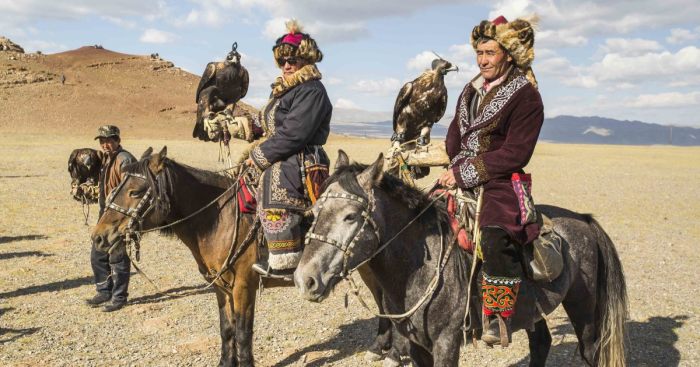
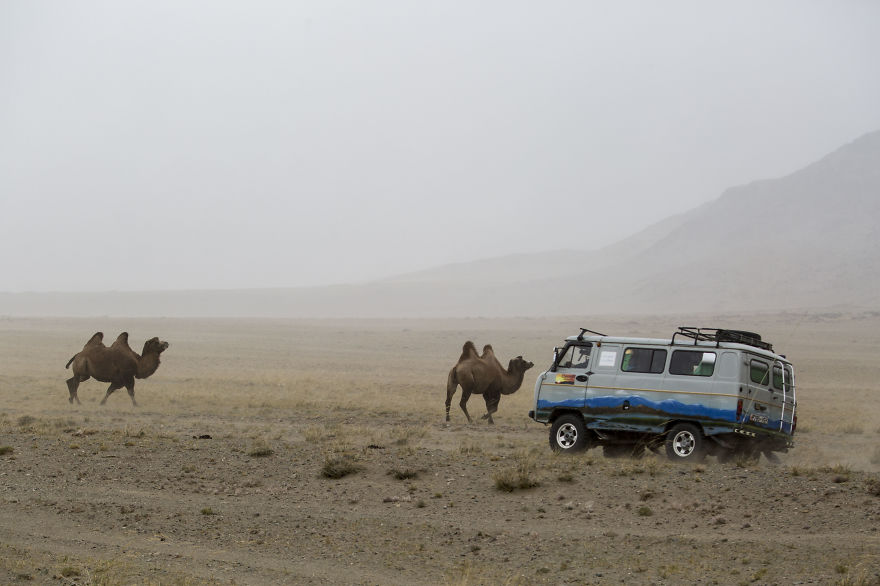
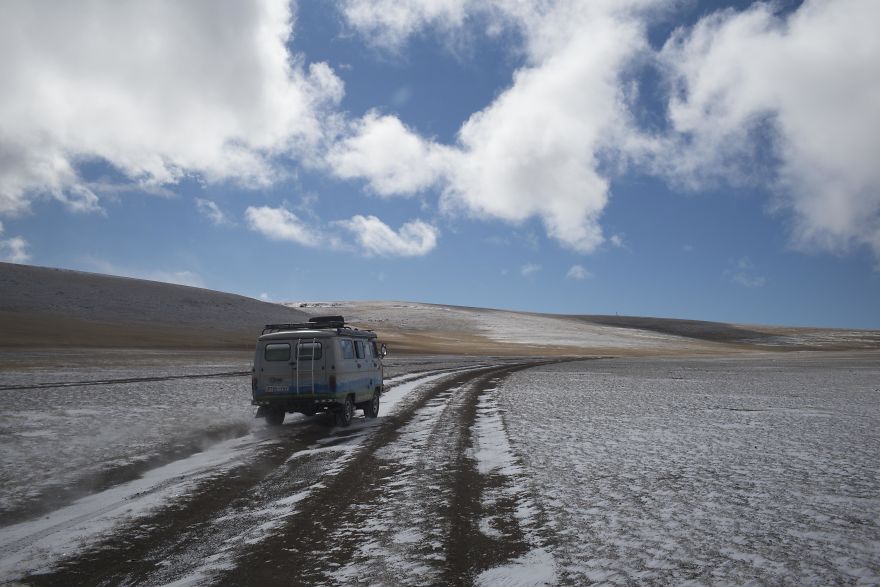
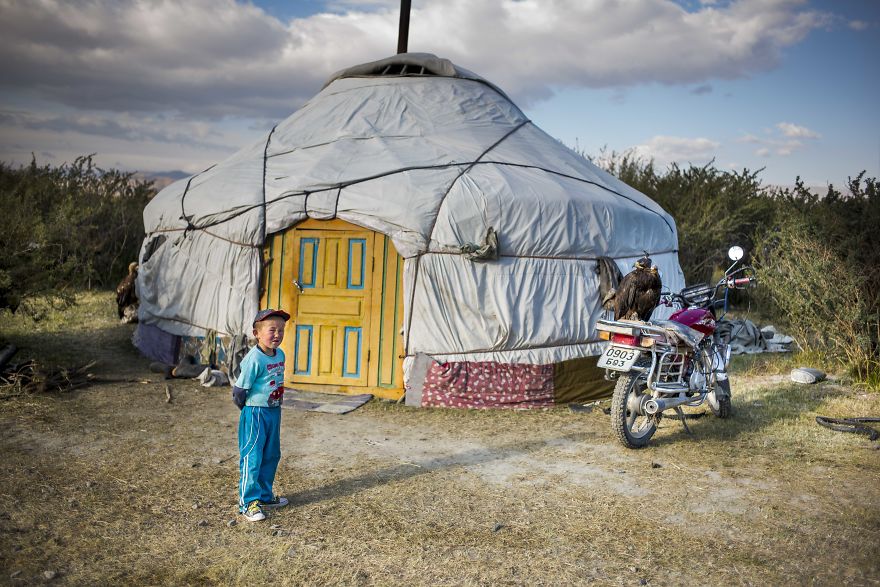
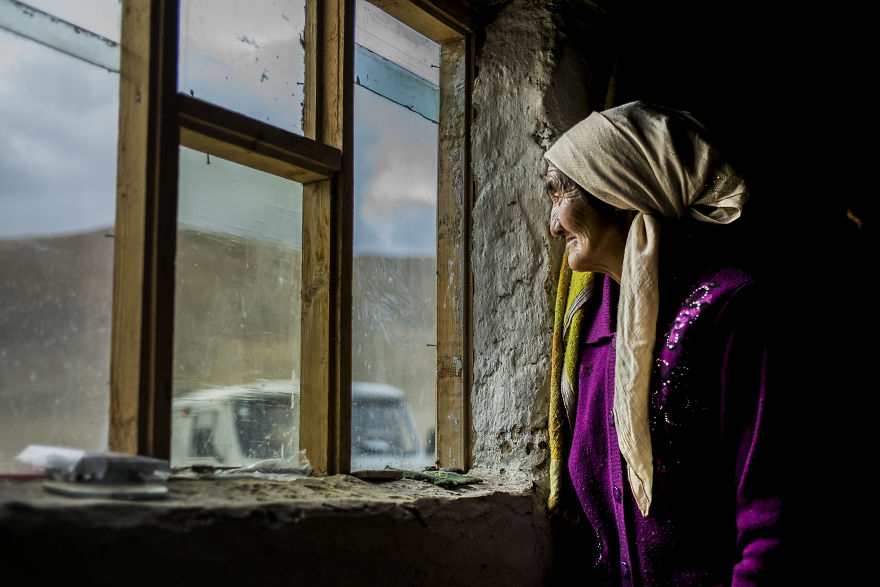
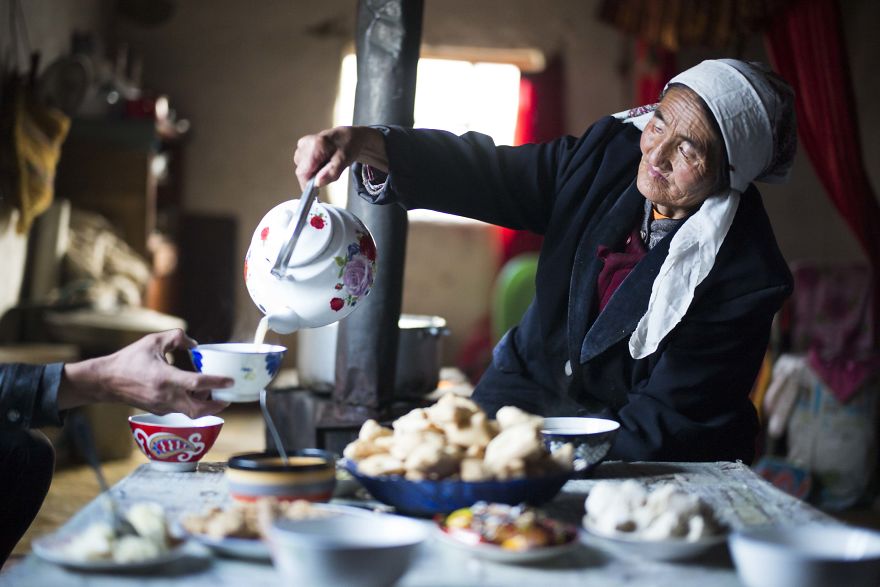
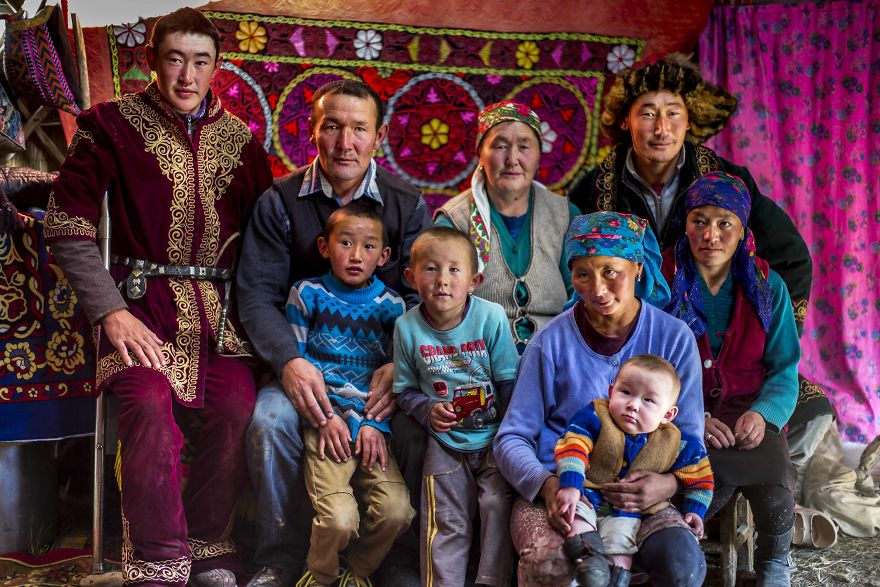
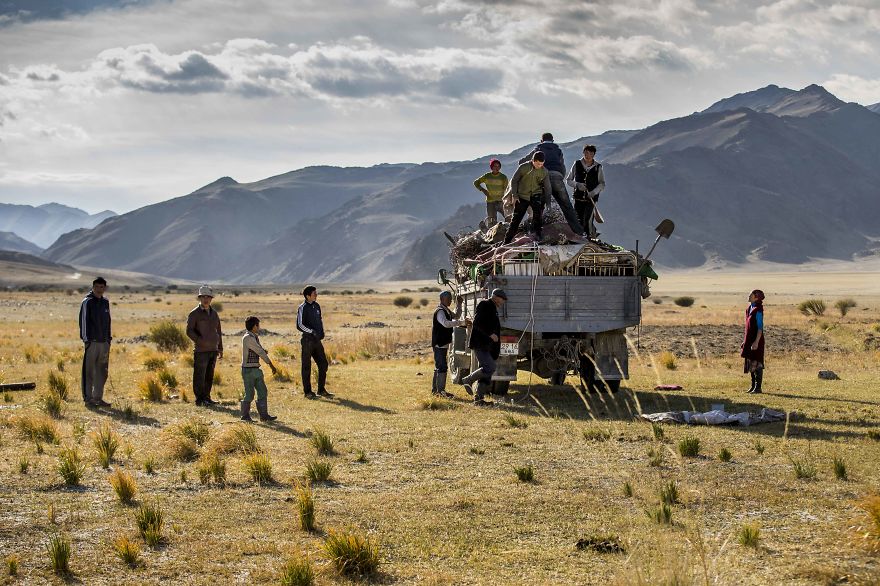
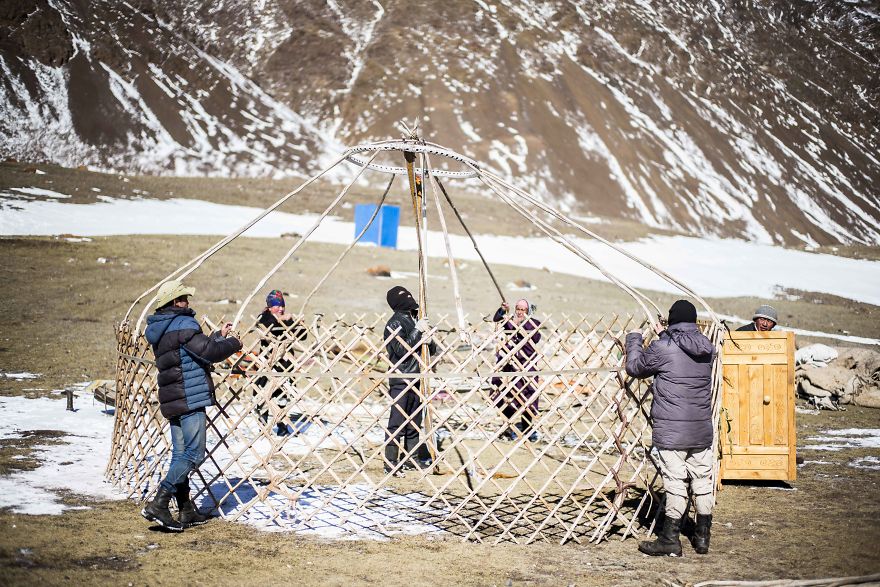
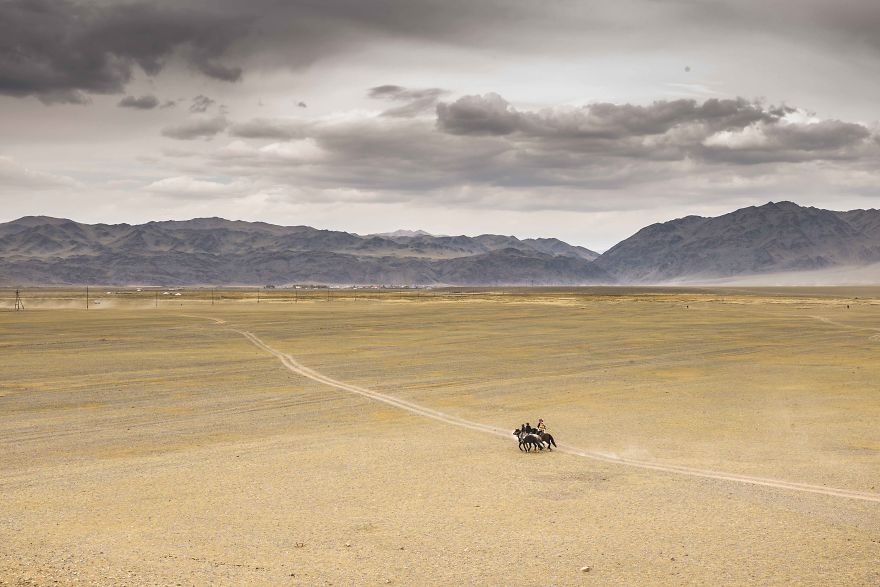
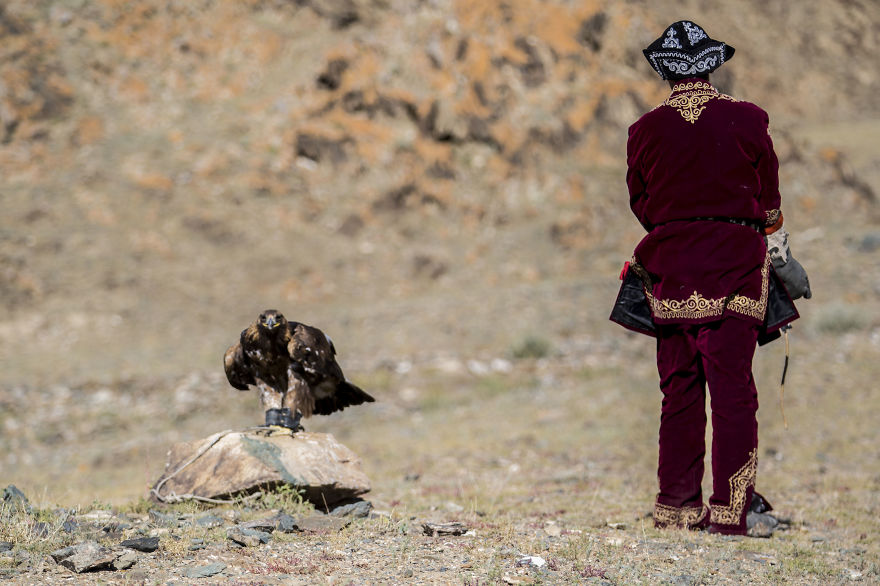
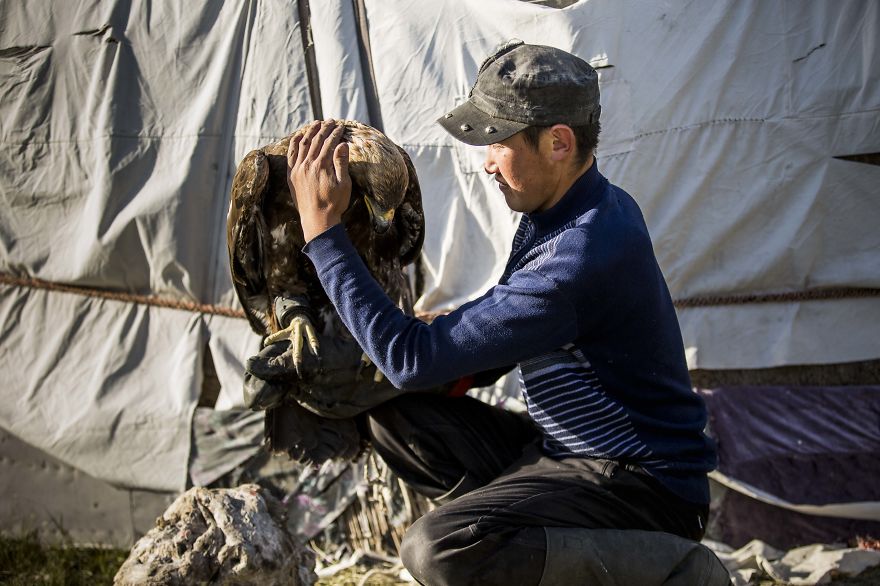
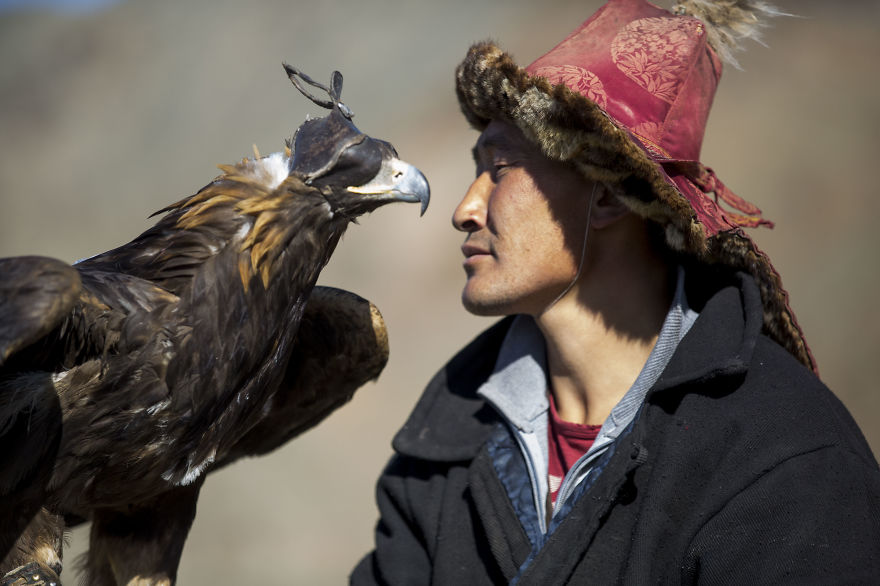
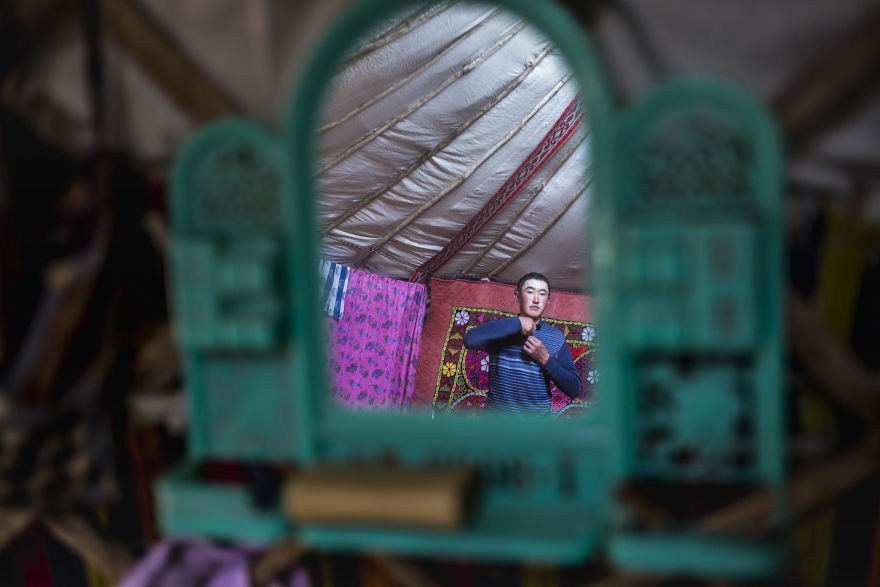
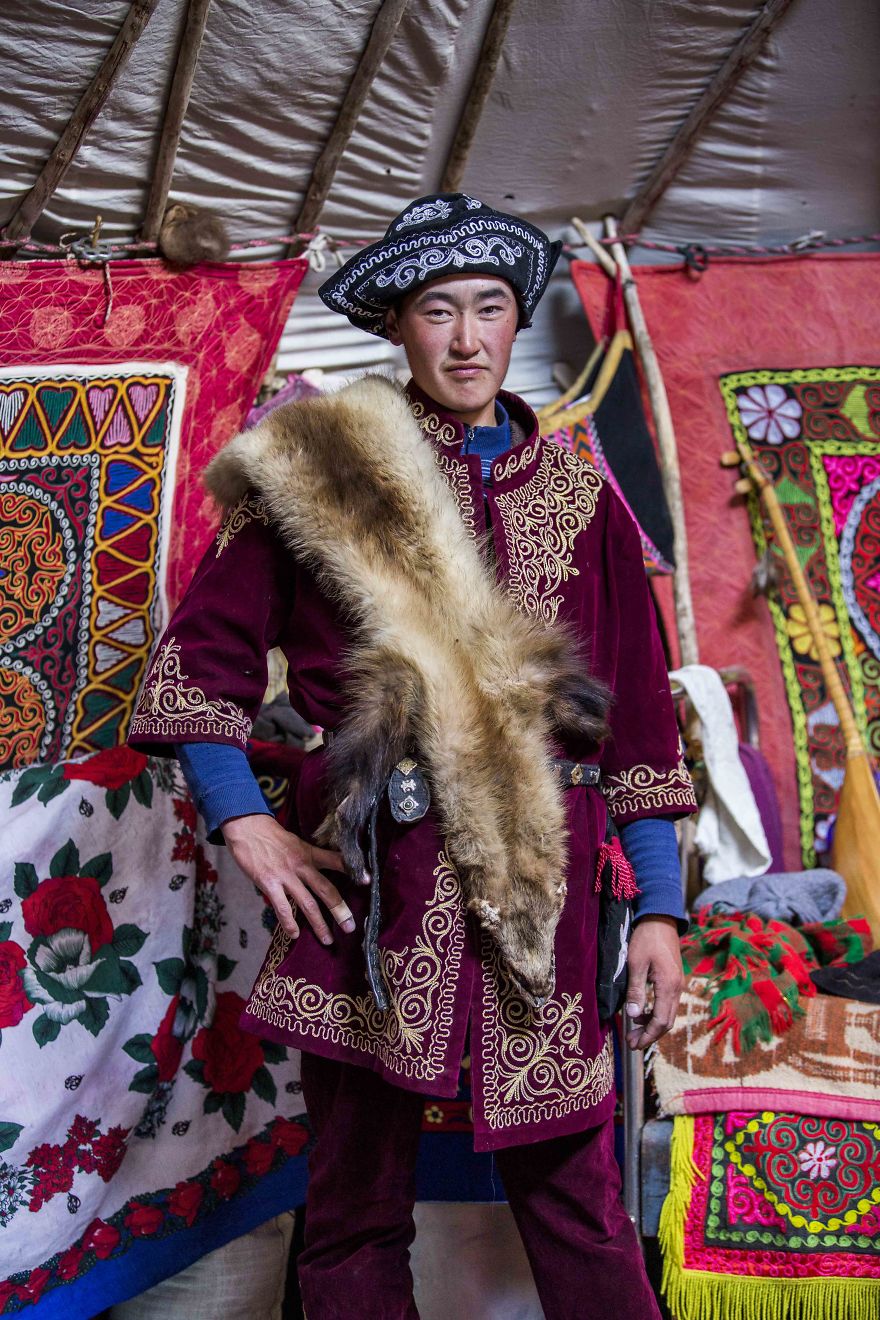
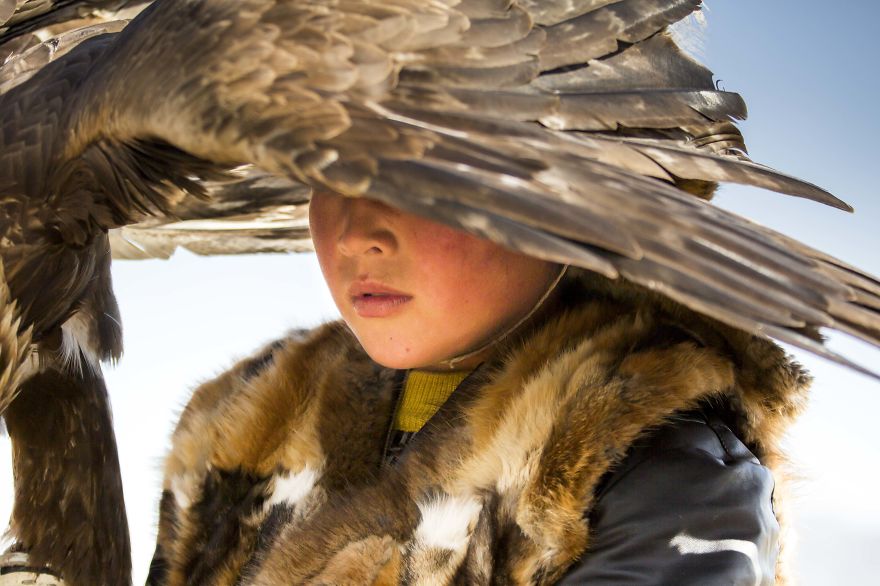
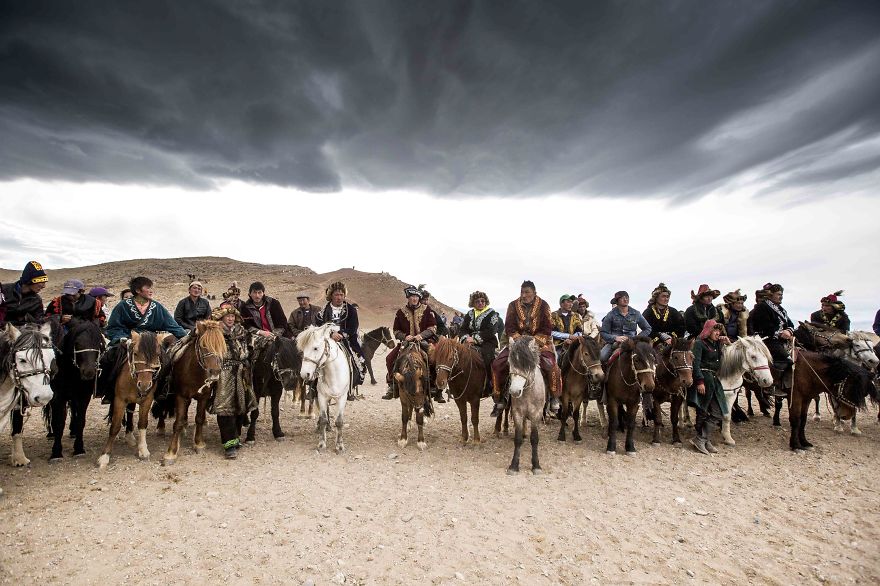
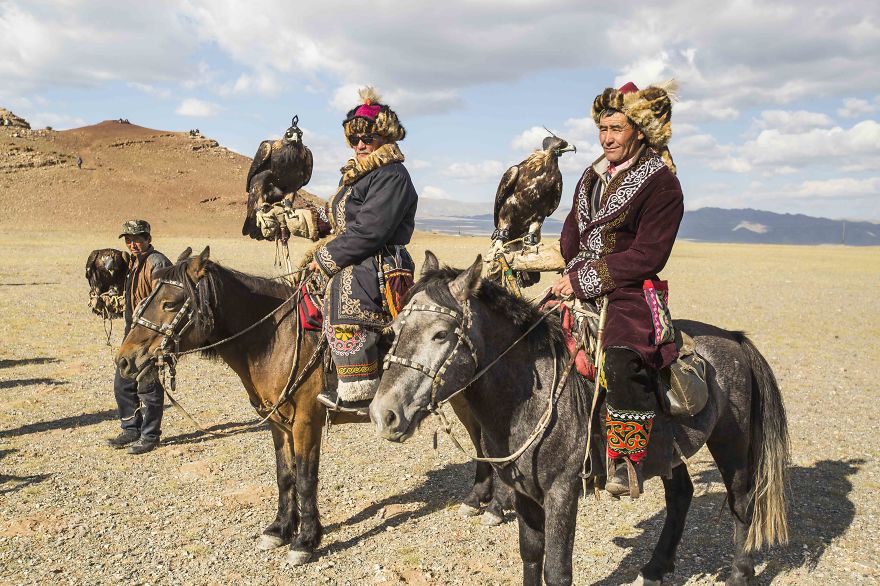
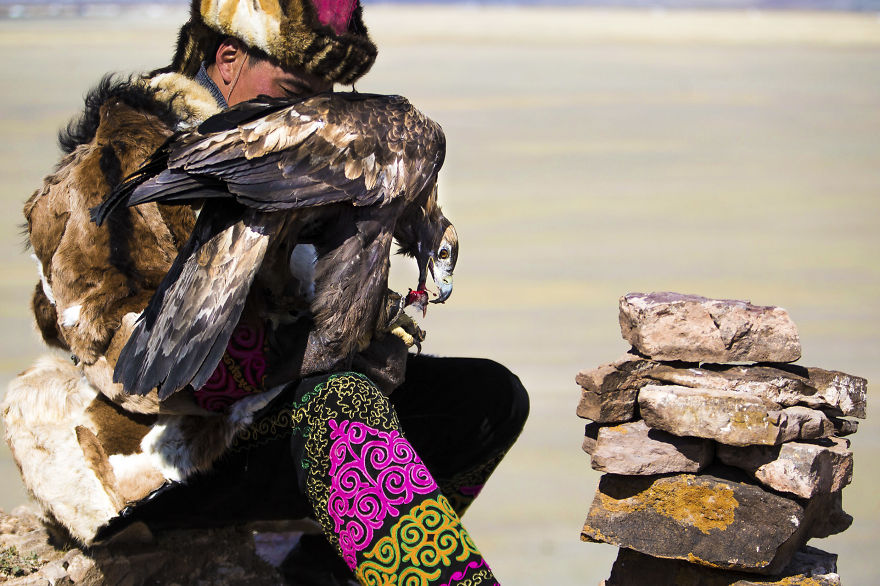
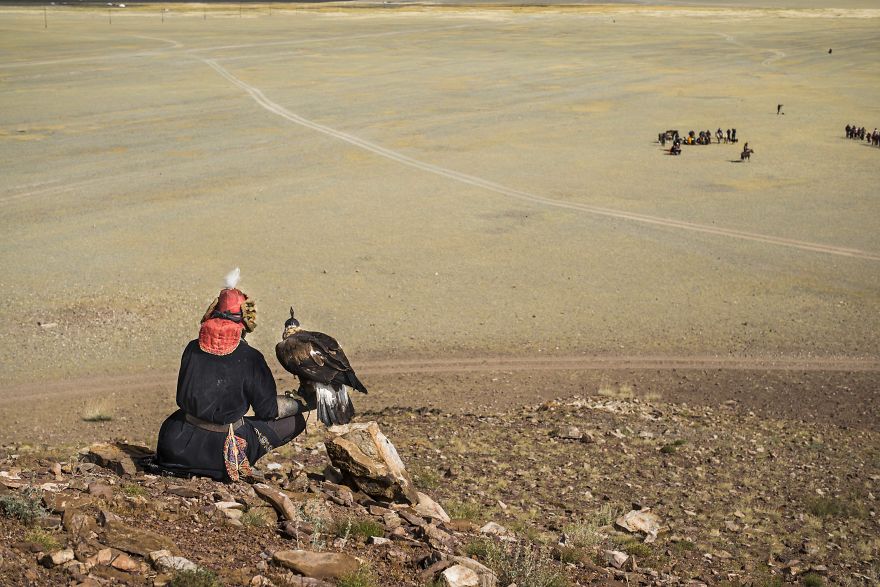
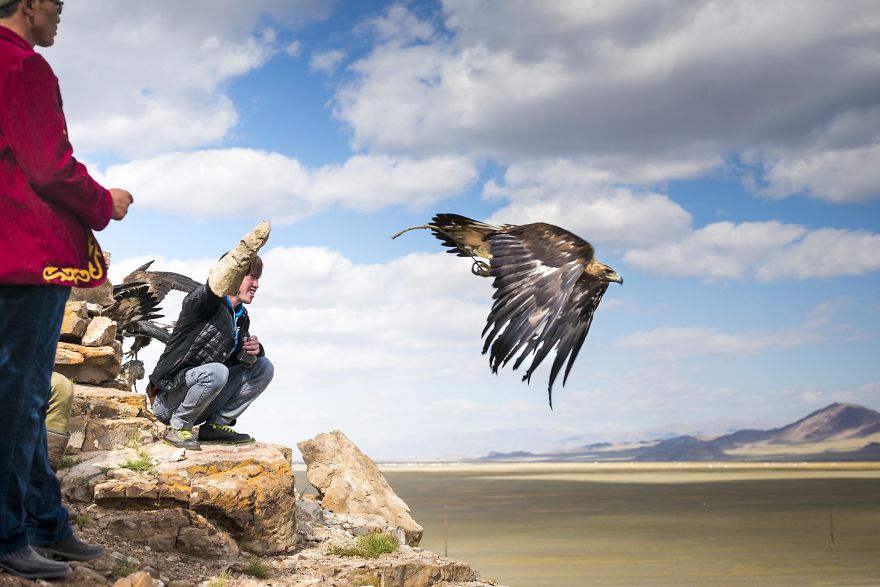
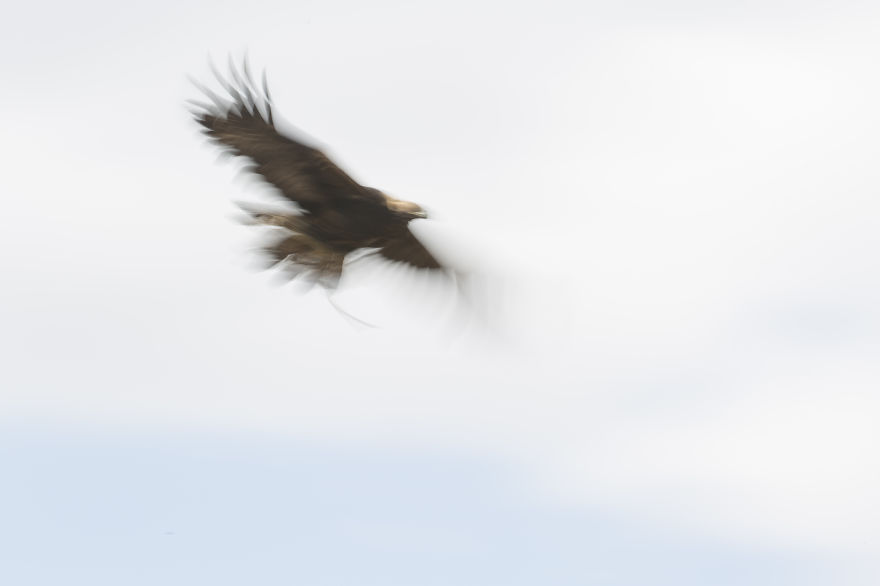
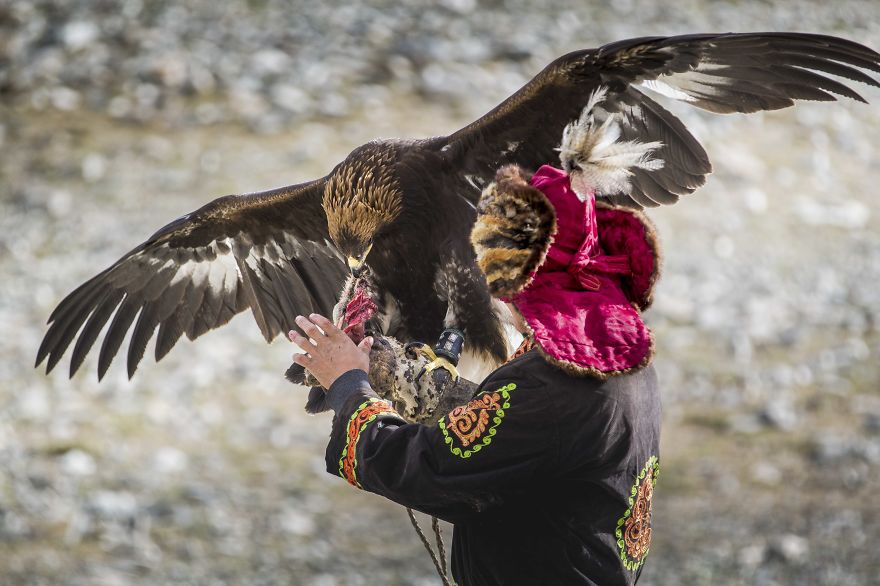
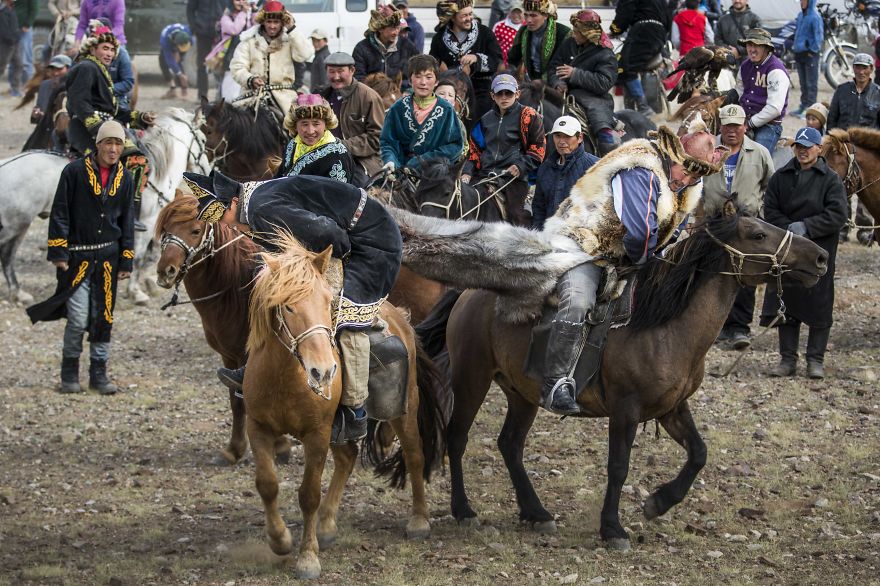
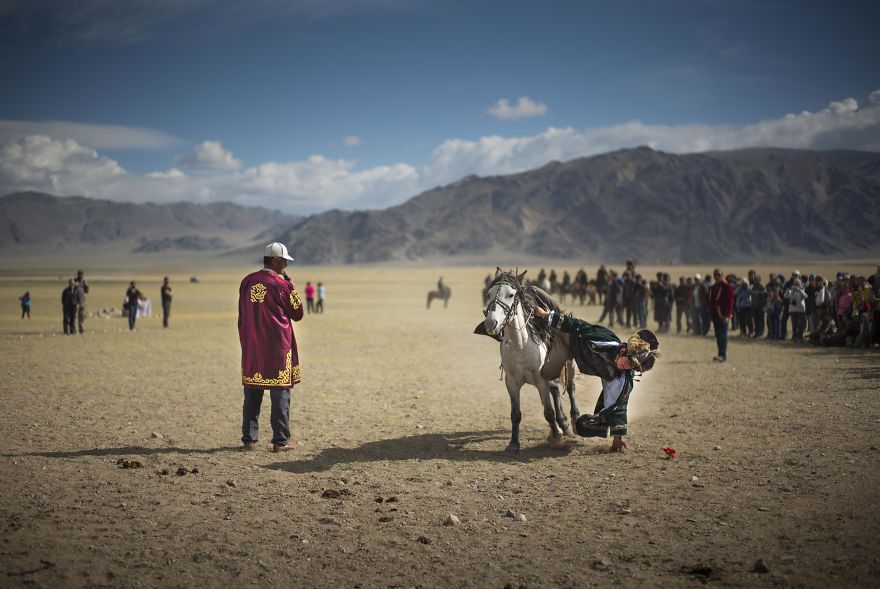
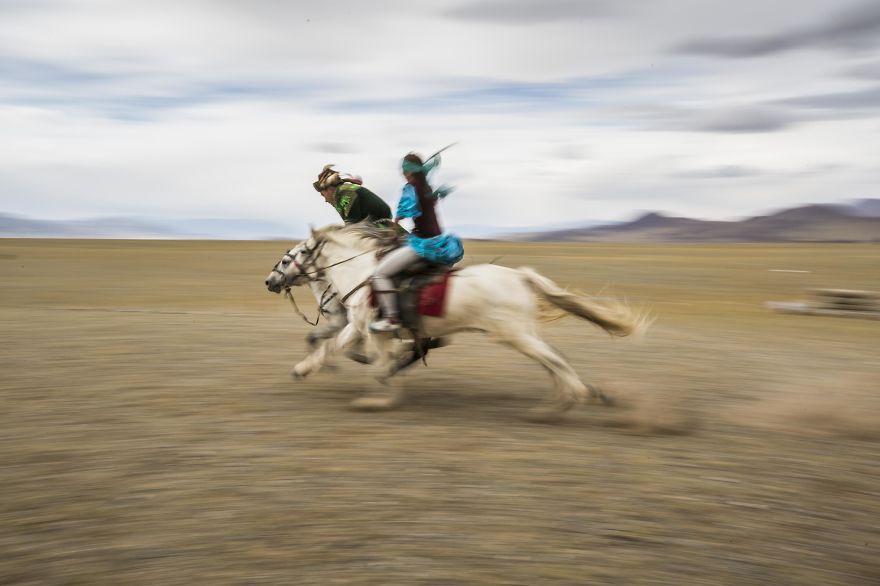
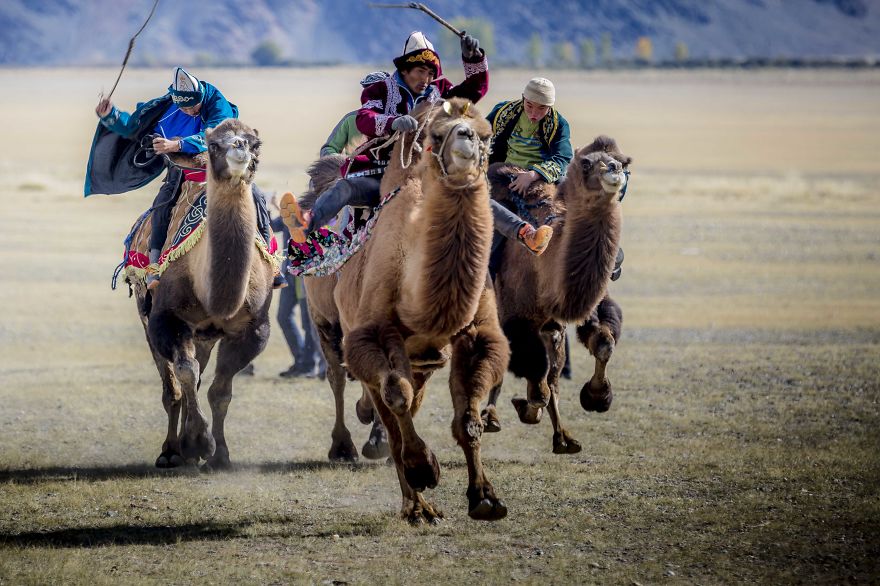
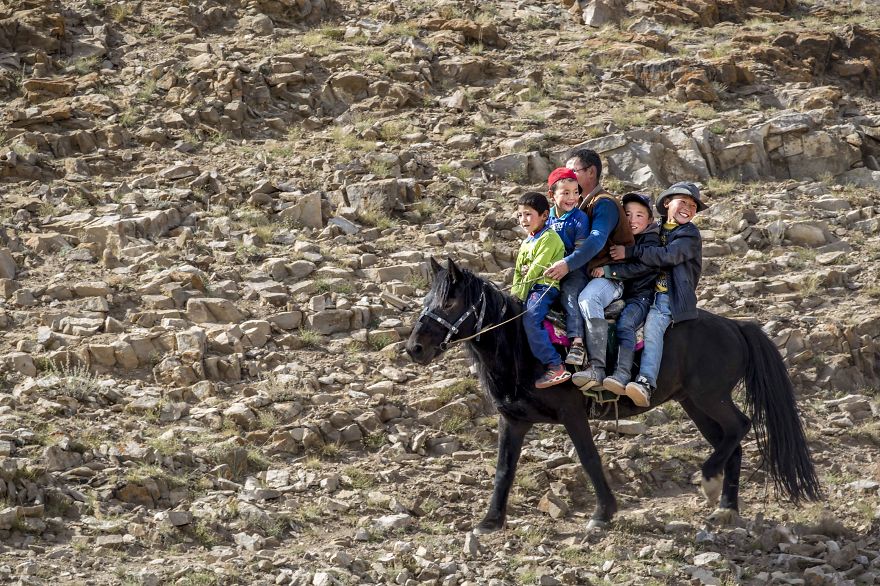
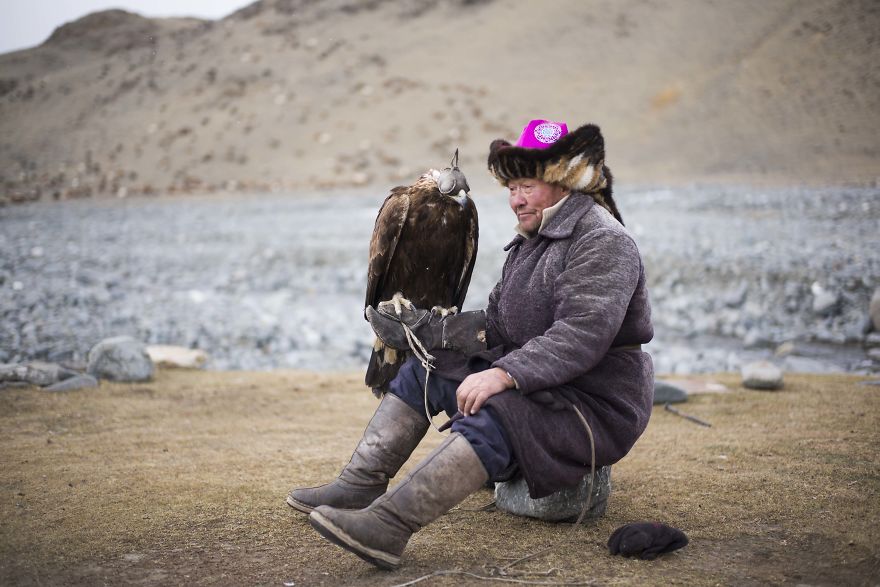
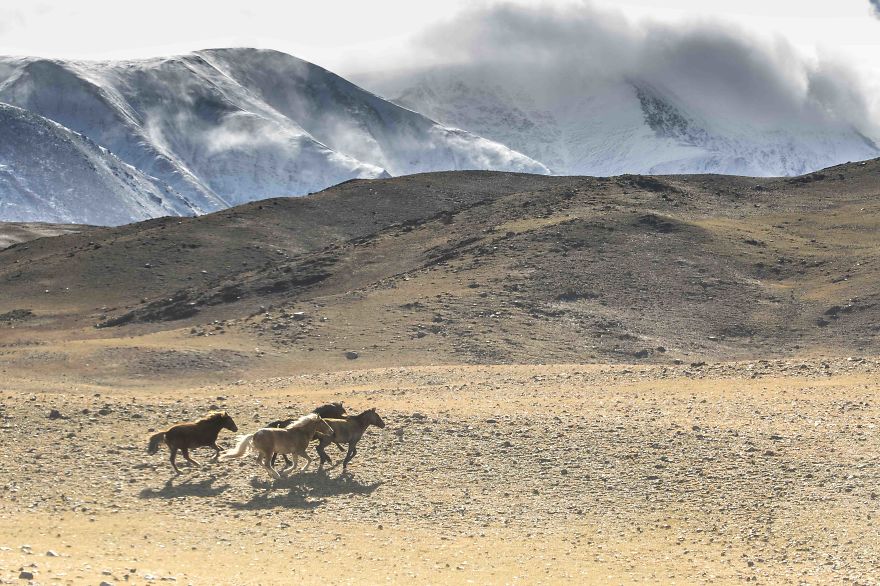
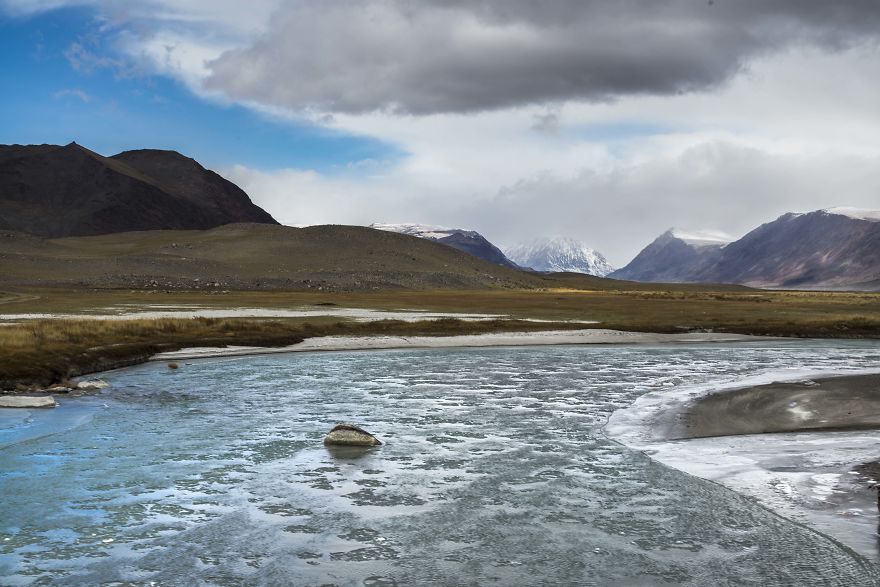
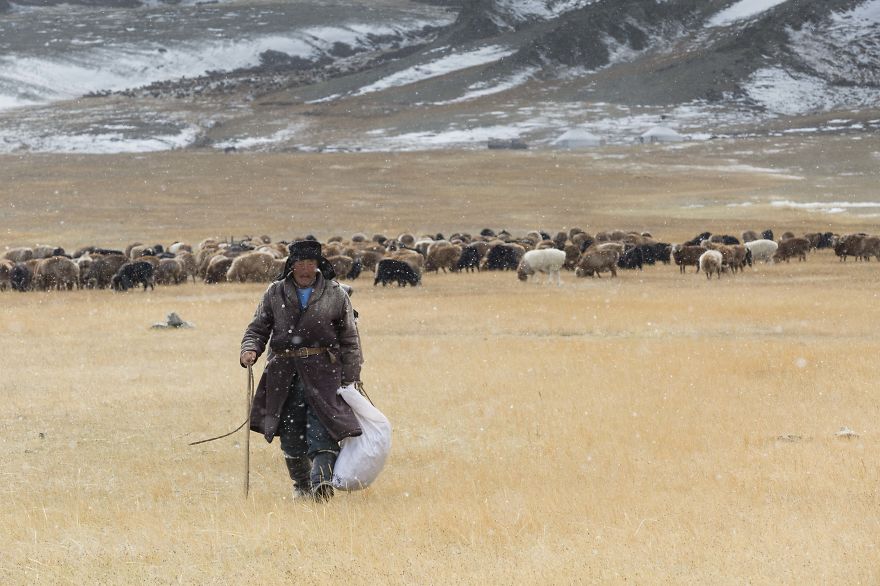
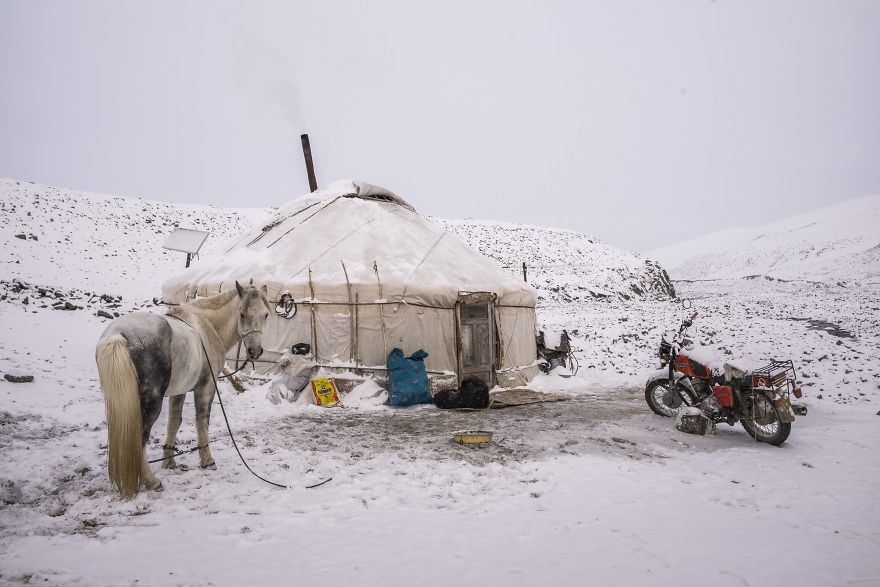
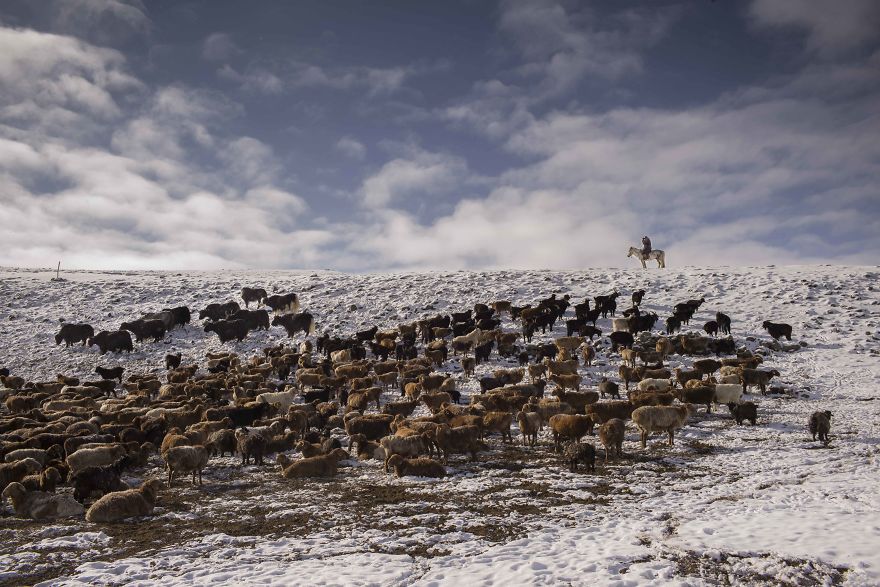
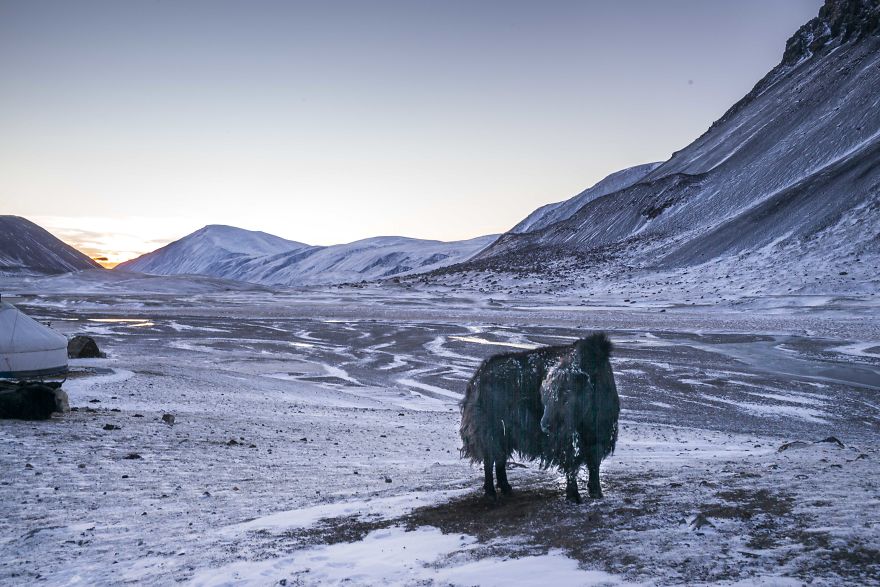
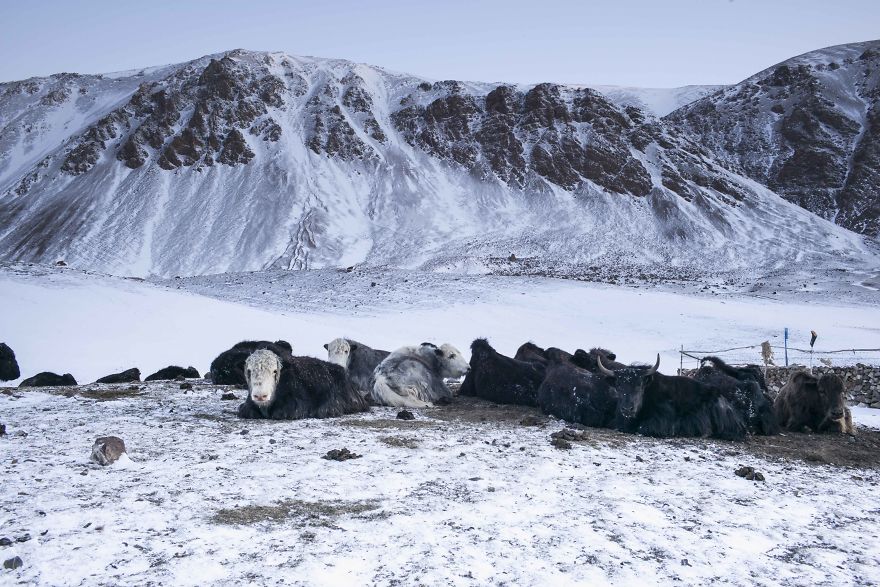
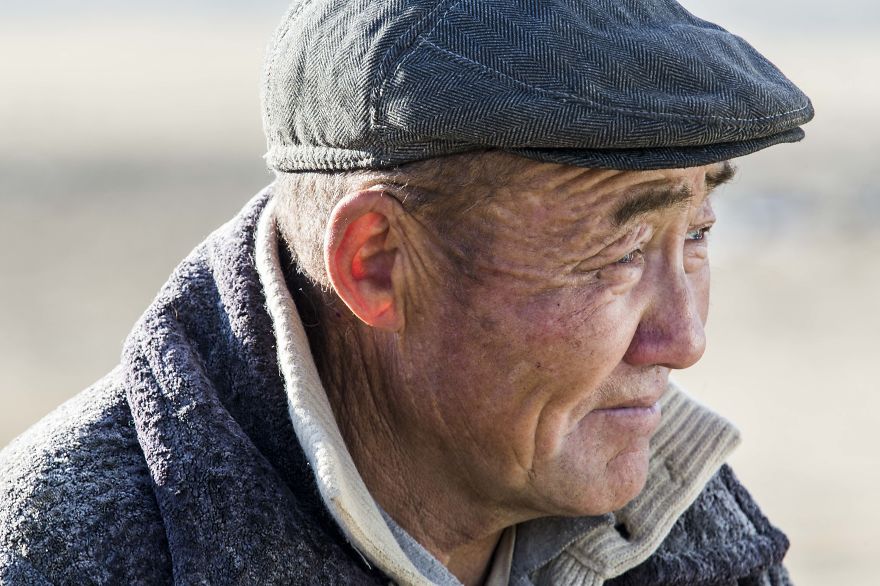
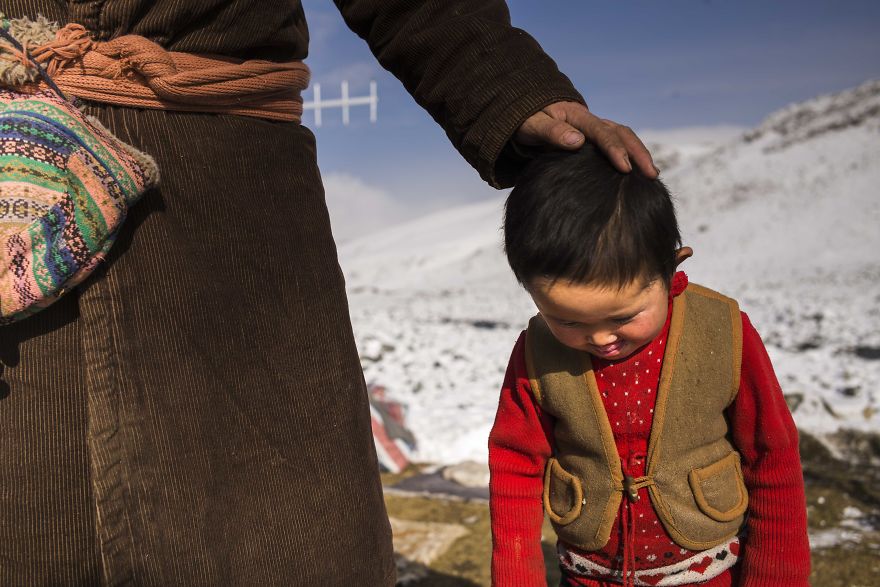
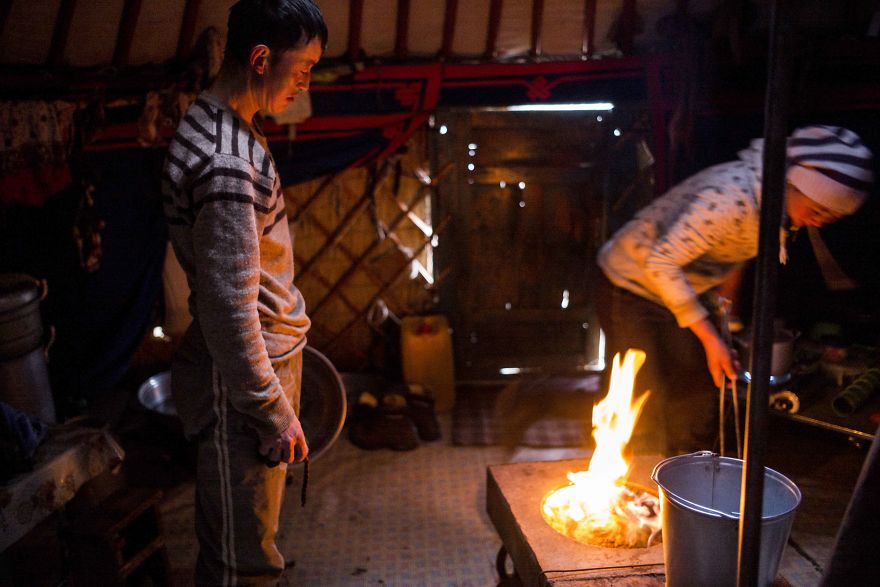
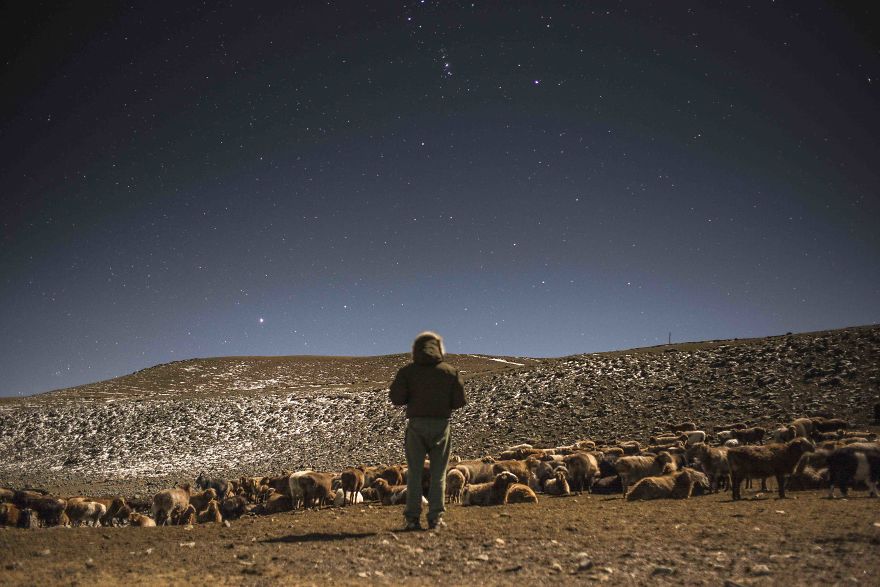
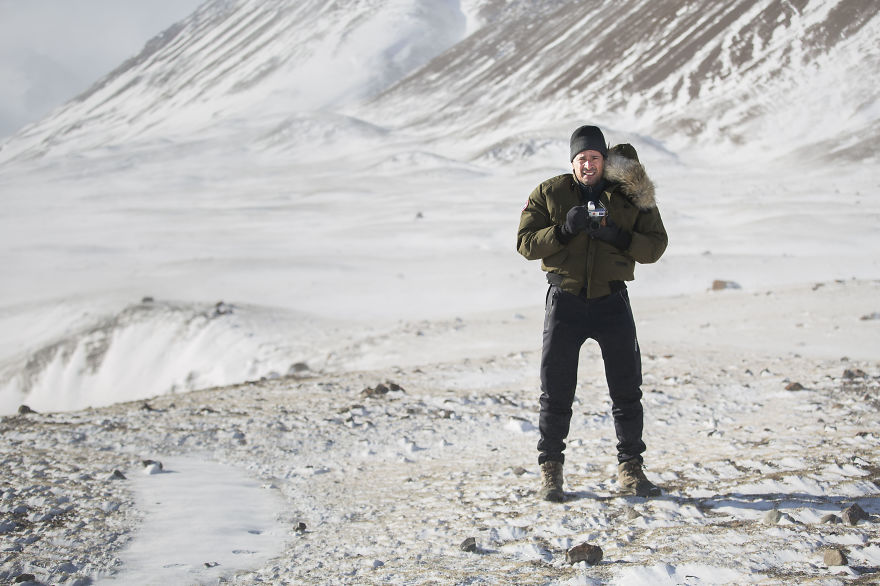
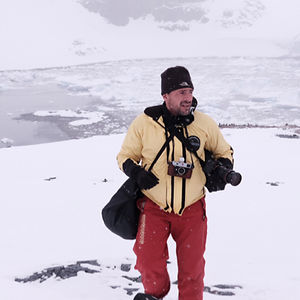


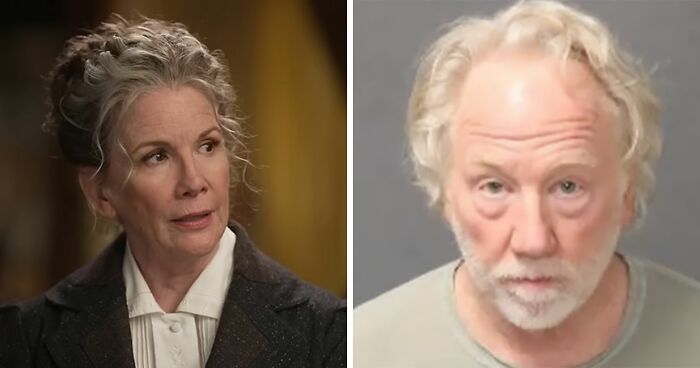




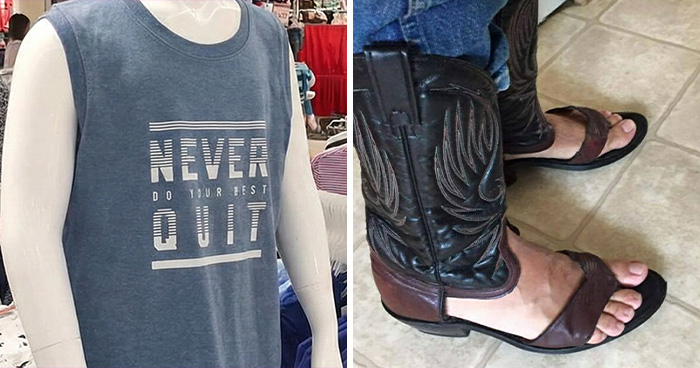


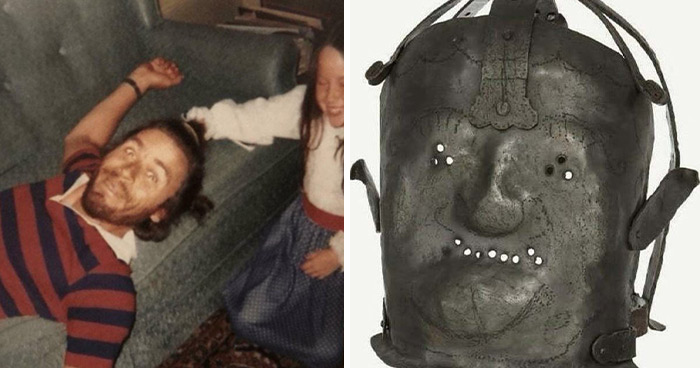


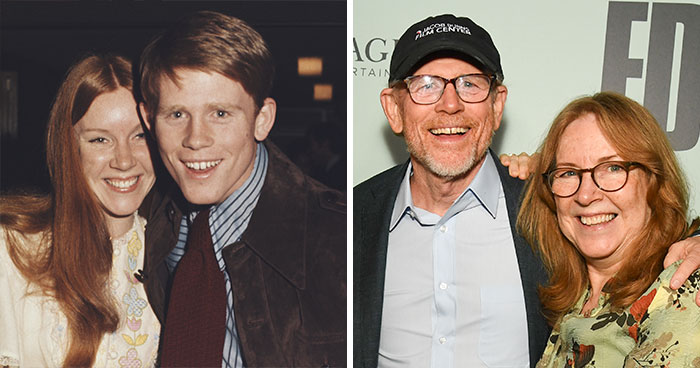

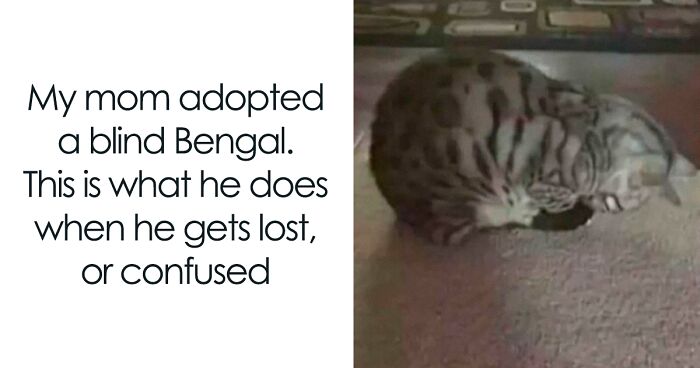




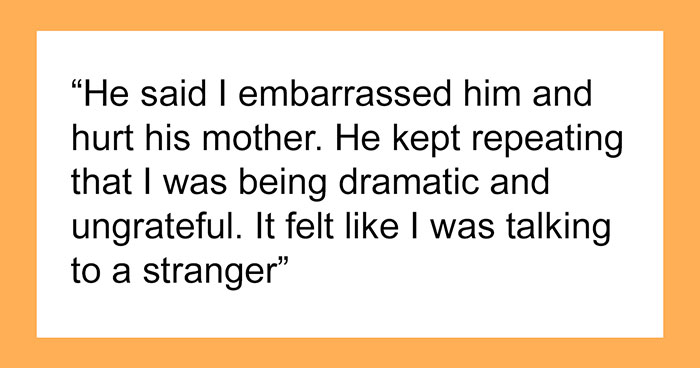

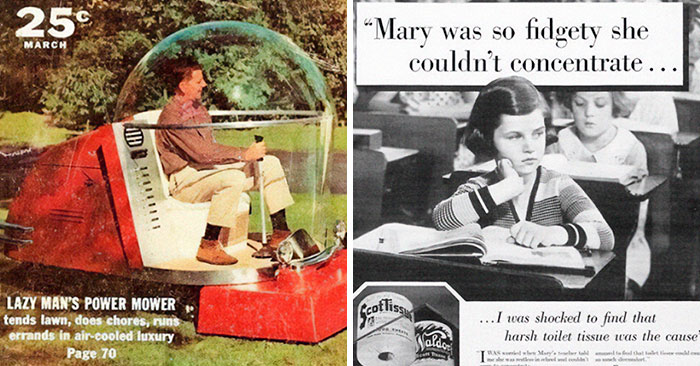










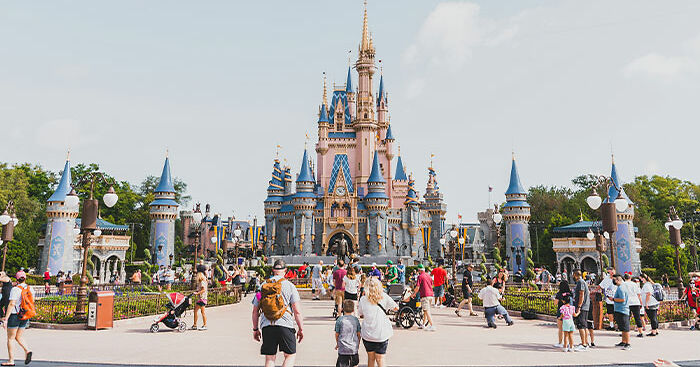
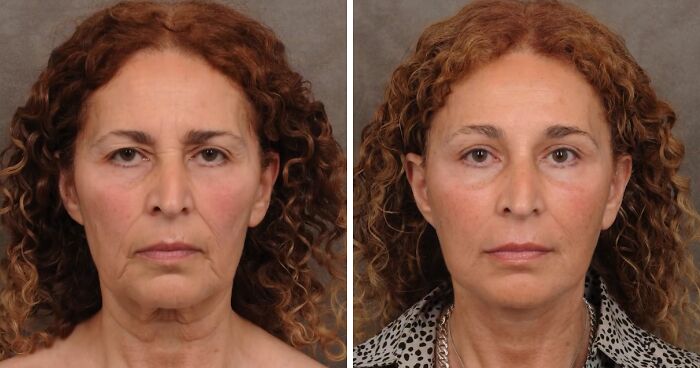



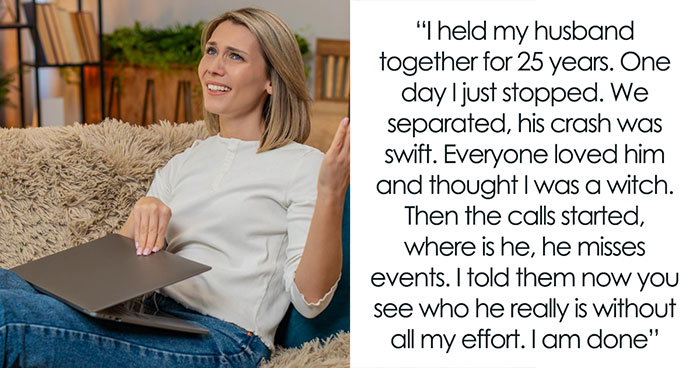



14
3